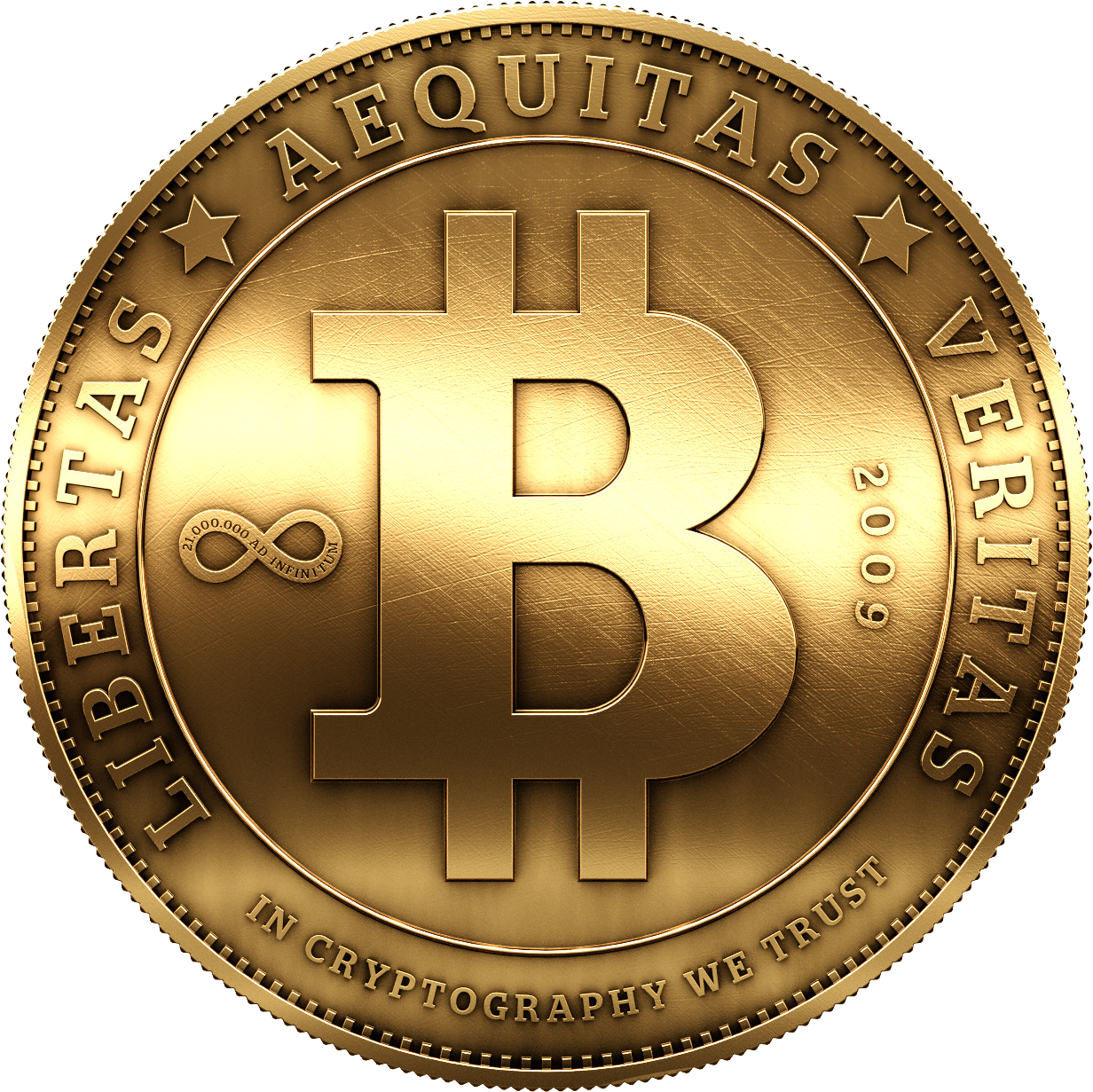Dans ce guide, nous allons voir ensemble les raisons qui poussent à effectuer un swap de jeton, les façons habituelles de procéder, les risques que vous pouvez encourir et quelques exemples qui se sont déjà déroulés.
Pourquoi effectue-t-on un swap ?
Afin de commencer leurs activités et mettre en place ce qu’on appelle un mainnet, ou « réseau principal », une étape importante qui représente le lancement d'une blockchain, les sociétés qui désirent créer une nouvelle blockchain ont besoin de récolter des fonds, qu’elles reçoivent en général via une Initial Coin Offering (ICO).
Malheureusement, ces ICO se déroulent sur des plateformes de smart contracts comme Ethereum, Tezos, Cardano, Neo ou Tron : les tokens vendus doivent par conséquent être émis sur la plateforme où l'ICO a été réalisée. Ainsi, sur Ethereum, les jetons correspondants seront des jetons ERC-20, et sur NEO, des jetons NEP-5 pour ne citer que ces deux plateformes.
Pour fonctionner, ce type de jeton a toujours besoin de la blockchain de ces réseaux. Si ce n’est pas un problème pour la majorité des jetons qui n’ont pas besoin d’une blockchain spécifique, mais c'est problématique pour ceux qui veulent avoir leur propre blockchain et qui désirent fonctionner de façon autonome.
Après avoir pris part à une ICO, l’utilisateur reçoit un jeton provisoire. Lorsque le nouveau réseau est mis en place, une étape importante que l’équipe de développement réussit à accomplir grâce aux investisseurs, les anciens jetons de type ERC-20 ou NEP-5 sont alors remplacés par la nouvelle pièce interne à la nouvelle blockchain.
Comment effectuer un remplacement de jeton ?
Un remplacement de jeton peut se dérouler de différentes façons selon le projet considéré. Cependant, il y a des similarités entre les différents processus que nous allons vous expliquer.
Tout d’abord, lorsqu’un échange de jeton se déroule, les plateformes d’échanges décident en général de ne plus permettre sa vente à partir d’une certaine période avant le swap. Il faudra alors vous renseigner sur la date effective où aura lieu l’échange de jeton. La date est souvent la même sur les différents sites d'échange, mais il se peut que l’heure ne soit pas identique.
Lorsque vous décidez de laisser une plateforme d’échange s’occuper de l'échange de vos jetons, vous n’aurez en général rien à faire. Il vous suffira de laisser vos jetons sur la site et la plateforme s’occupera d’échanger vos jetons à votre place. La plupart du temps, un nouveau wallet lié à une nouvelle adresse sera créé avec le même nombre de pièces/jetons que l’ancien, et ce dernier sera détruit. Vous devrez alors effectuer vos futures transactions à partir de votre nouveau portefeuille.
Si vous décidez de procéder à un échange de jetons par vous-même, l’idée de base est à peu près la même. La société émettrice du jeton vous demandera de vous enregistrer ou de télécharger un nouveau portefeuille dans lequel vous devez entrer votre adresse précédente. Une fois cela fait, une nouvelle adresse sera liée à votre compte avec les nouveaux jetons et l’ancienne sera détruite.
Les deux méthodes sont pratiquement identiques, mais la version manuelle est un peu plus compliquée à réaliser. En effet, vous devrez télécharger ou utiliser un nouveau portefeuille que vous ne connaissez pas. Il vous faudra un certain temps pour vous habituiez à l’interface et le processus sera un peu plus long à réaliser.
D’une façon générale, laisser une plateforme d'échange effectuer le token swap est la méthode la plus facile. En outre, il n’y a généralement aucun frais qui prélevé lors d’un tel processus. Cependant, il se peut que certaines personnes préfèrent stocker leurs jetons en dehors d’un tel site tiers pour plus de sécurité. Il se peut également qu’aucune plateforme d’échange ne propose de faire le remplacement des jetons. Dans ces derniers cas, il vous faudra donc utiliser la méthode manuelle.





